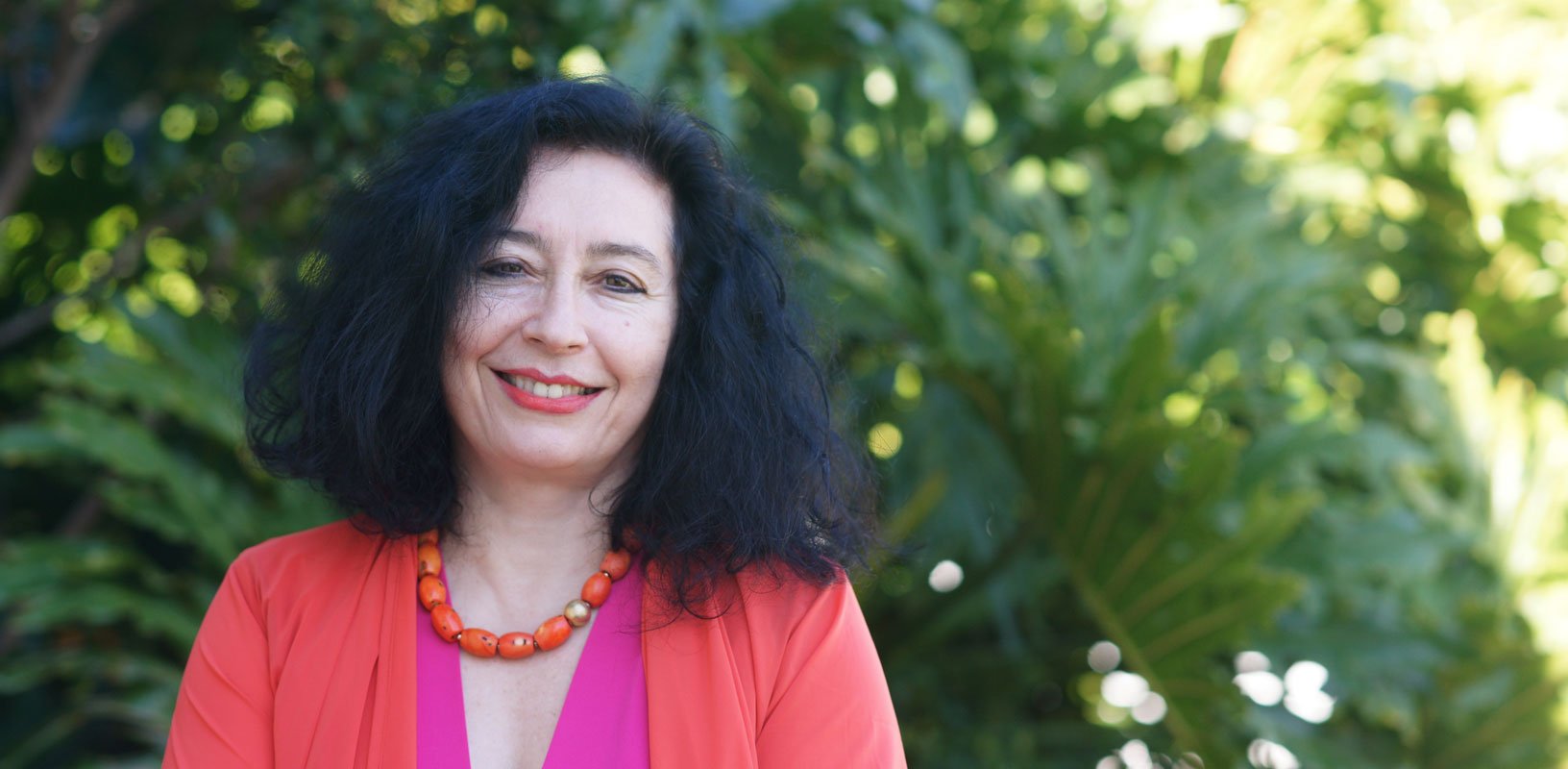Elena Kats-Chernin: interview about Piano Village

Elena Kats-Chernin discusses her keyboard music, published in the recent collection Piano Village and heard on the new ABC Classics recording Butterflying.
Why is the piano special for you?
The piano was always like a best friend to me and even now I probably feel most comfortable sitting at the keyboard. As a child in the Soviet Union I spent many hours trawling through volumes and volumes of piano music. My parents tried to encourage me to go outside - they insisted I took intense ice skating training until I was fourteen. I remember carrying the heavy skates through the snow and bitter cold, sagging under the weight of all my many bags and counting the minutes until I could get back to the music and what I loved. Other people have commented on the balletic quality in my works and I sometimes think about all that ice skating and whether it shaped my perceptions of movement and rhythm in music. I think my piano music might be the closest thing I've ever had to a diary - something very immediate and familiar to me.
How do you approach composition for the piano?
All the pieces in Piano Village are special to me in some way: they are moments in my life, feelings, people or ideas. When I am at the piano I try to let my hands travel wherever they will and through this improvisation all my pieces get born, sometimes in one big throw like for Eliza Aria, and sometimes it takes a lot longer. I've had musical sketches sitting around my house for weeks, even months before I realise what piece it really should be. That is always a good day.
Do you only compose at the piano?
Sometimes when I sit at the piano I don't even touch it, but it helps me to think when I see the music paper prepared on the piano stand. I like my pieces to be very different from one another, yet I like to write in the same environment each and every day: same setting, similar clothes, same pen, same kind of paper, and the same brand of correction fluid.
A few years ago I had one key on my piano out of action and it took a long time for me to get it repaired. This was because I liked the piece I wrote on this kind of imperfect piano and did not want to break that ‘spell’. I felt that this note broke in order to make me think around it and I treated the situation like a kind of a game that was useful for composing. Maybe there was a reason that I shouldn't use that pitch…?
Do you have an ideal performance or interpretation in mind?
I have quite small hands and often have had difficulty stretching to an octave, yet I write many octaves in my piano music and in my rags there are often jumps in the left hand between octaves and chords. I have no problem if pianists with small hands leave out octaves. In general I am quite flexible with the interpretation of my works and I love discussing with performers all the possible ways to play a passage or a piece.
Why are you particularly drawn to rags and dance music?
In 1996 I wrote my first ragtime, Russian Rag, commissioned by ABC Classics for its CD Rags to Riches. It felt quite natural writing it, reminding me of times during my life working in the theatre when I was creating soundtracks for drama and dance projects. I wrote tangos, waltzes and any other genre music that was needed to support the productions on stage. I sometimes like the challenge of adding to an accepted form and, after all, writing harmony and melody is fun!
Interviewed by David Allenby
Buy the new print album Piano Village from our Online Shop
Photo: Bridget Elliot
